If you’ve ever cut zinnias that looked perfect in the garden, only to get them inside and have them break, flop, or die early in the vase, there’s a simple explanation.
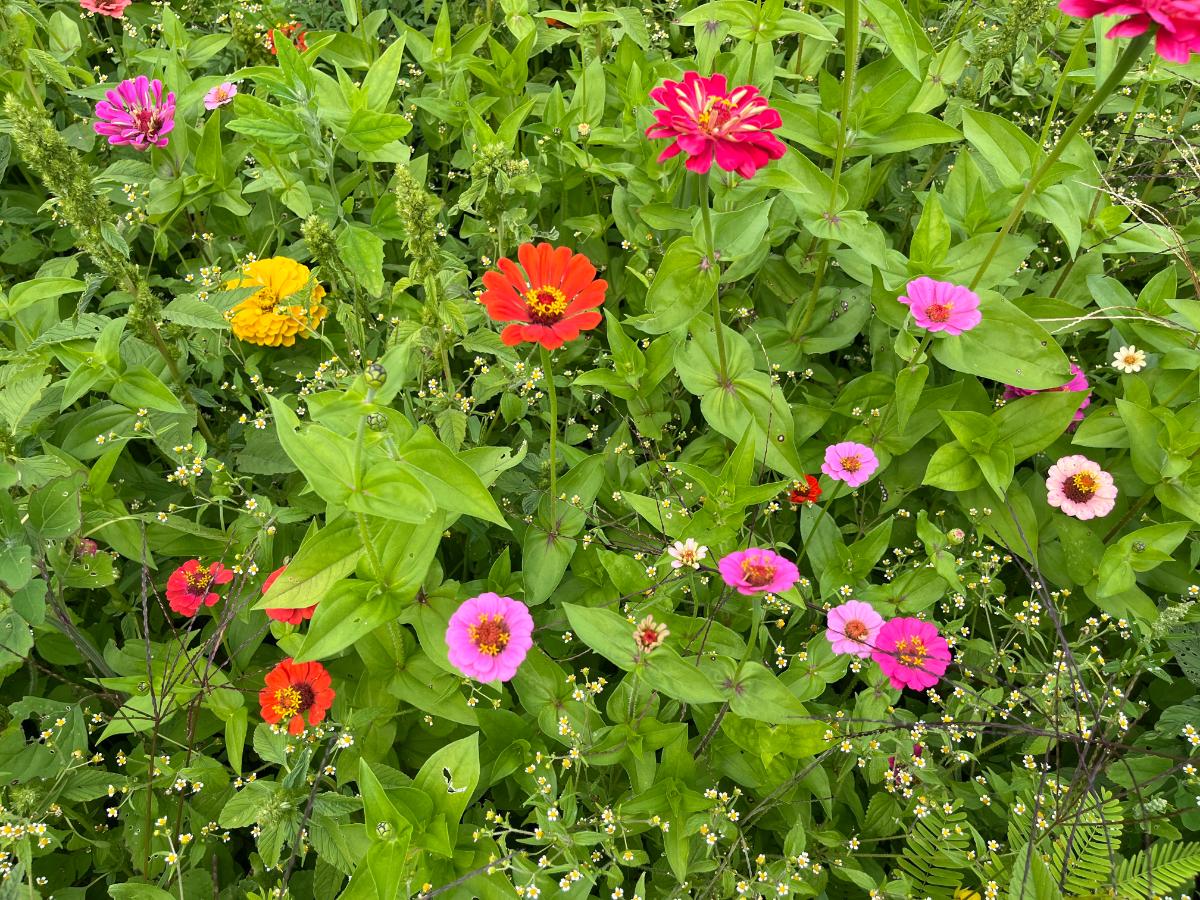
AND a simple way to tell if your zinnias are ready to cut!
Jump to:
- Cut Zinnias When They’re in Full Bloom (But Looks Can be Deceiving)
- Do the Wiggle or Flop Test to Tell If Zinnias are Really Ready
- How to do this simple test for zinnia readiness
- Why Do the Wiggle Test Before Cutting Zinnias?
- Where should you cut zinnias on the plant?
- Tips for Prepping Zinnia Stems for the Vase
Cut Zinnias When They’re in Full Bloom (But Looks Can be Deceiving)
Zinnias are not flowers that will open more after they are cut. Zinnias need to be in full bloom when they’re cut in order to stay upright and to have a good vase life.
Cutting zinnias before they are ready is a sure recipe for short-lived, drooping, dying flowers and flowers that break off at the neck.
The thing is, zinnias are open before they are truly in “full bloom.” They can easily look like they’re fully blooming and ready to cut, but that’s often not the case.
Zinnias are not considered in full bloom until the stems are ready, as well as the flowers. So, the blossoms themselves are not the best indicator of when you should cut your zinnias.
The stiffness of the stem is a much better indicator.
A stem that is stiff and sturdy all the way up to the flowering head is what you are looking for – through the lower stem, through the neck, and right to the base of the flower.
Do the Wiggle or Flop Test to Tell If Zinnias are Really Ready
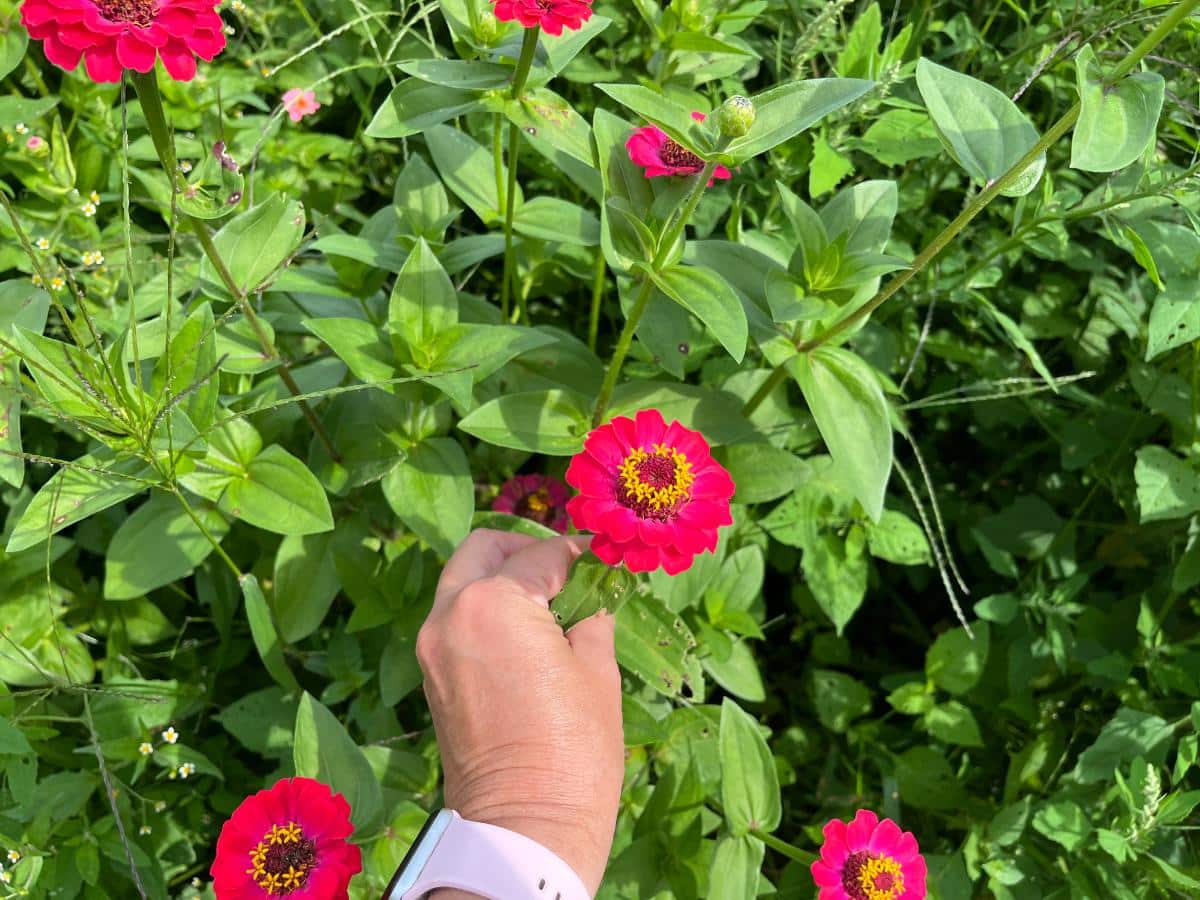
How can you tell if your zinnias are really mature enough for cutting? That they’re truly in full bloom? Are they capable of lasting in the vase?
You do the wiggle test!
The wiggle test only takes a few seconds. Once you know what you’re looking for, it becomes obvious which zinnia stems (and flowers) are ready to cut and which need more time.
How to do this simple test for zinnia readiness
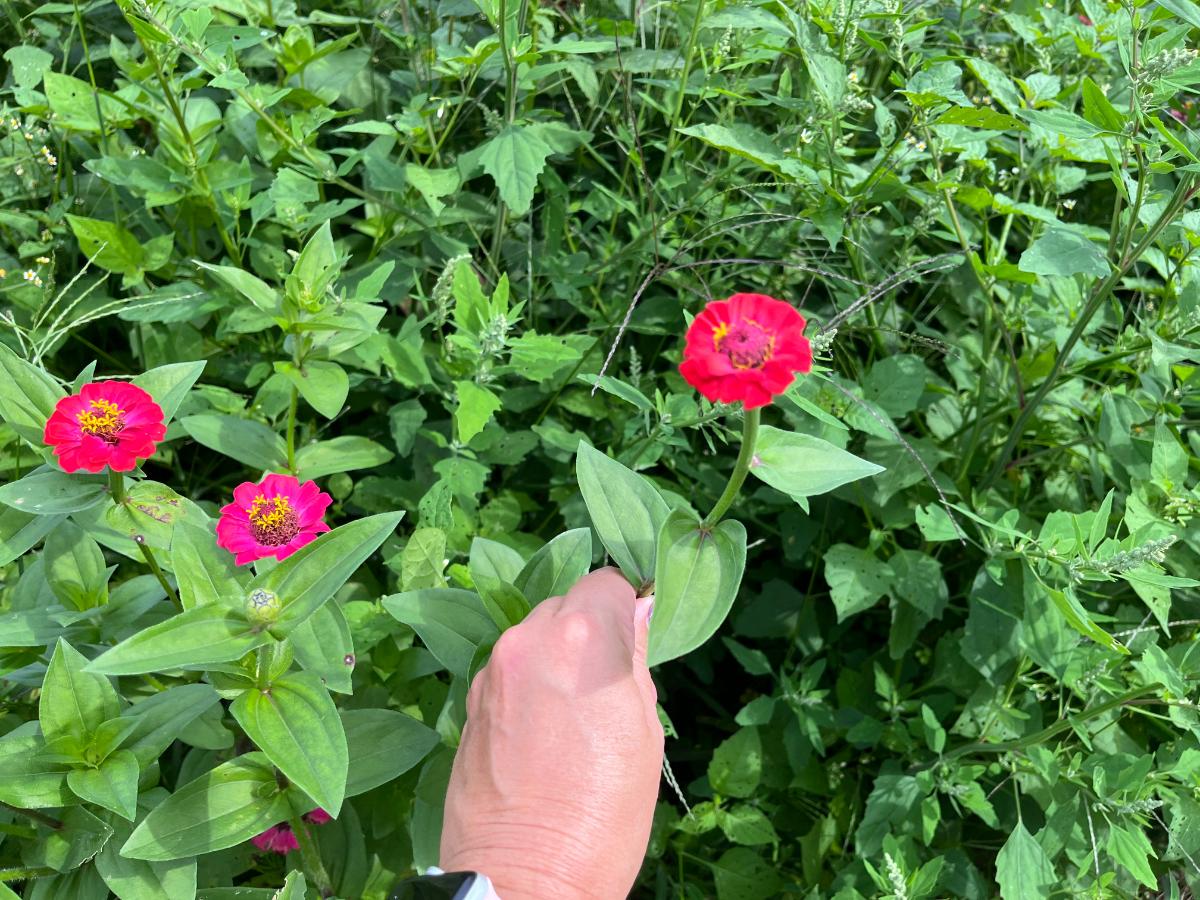
The test is easy. Just wiggle the flower and see if there is movement in the neck of the stem.
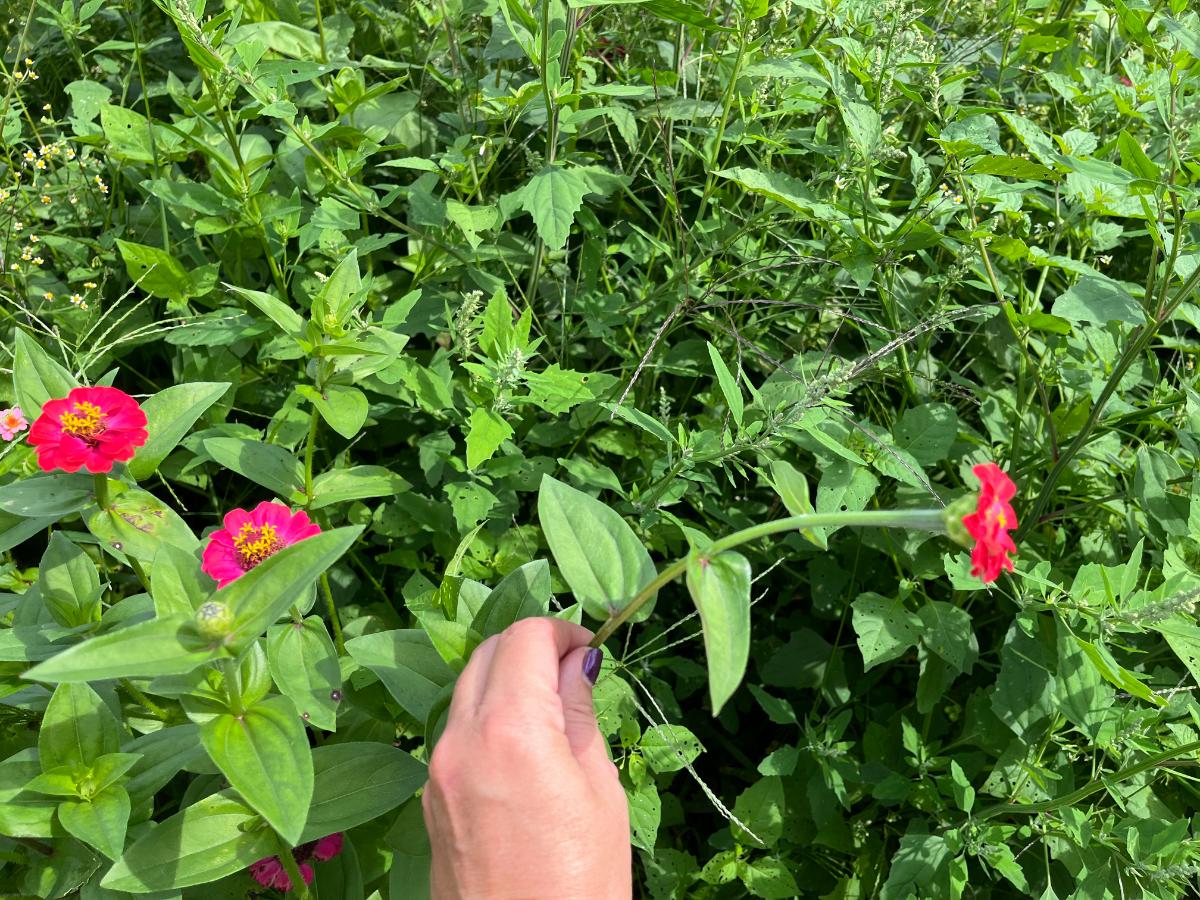
- Lightly grasp the stem of the zinnia down near the base of the stem. Halfway down or more is good.
- Don't hold too close to the head – it needs to be able to move freely.
- Wiggle the stem and flower.
- Watch the top of the flower, just under the blossom.
- Look to see if the flower stays firm and stiff or if it bends and flops as it wiggles.
- The area you are watching is the neck right below the flower head.
- Firm stems tell you that the flower is in full bloom, and it is ready to pick (cut).
- Stems that wiggle and bend at the neck are not ready yet.
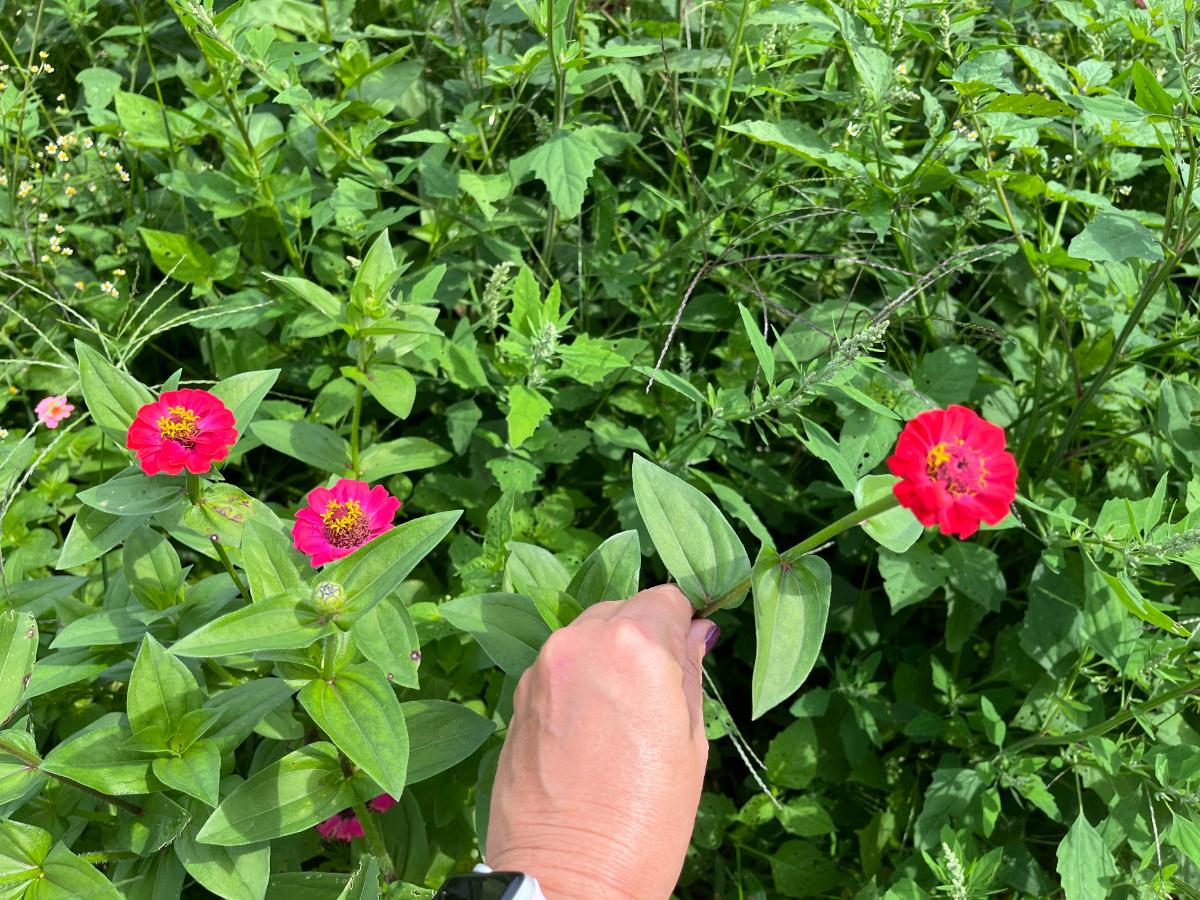
And that’s it! It’s a two-second test to tell you if you're cutting the right flowers!
Why Do the Wiggle Test Before Cutting Zinnias?
The short answer is that this test tells you which flowers to cut so you get the best, longest-lasting, sturdiest zinnias for your vase and arrangements.
The zinnia wiggle test
- Tells you when individual flowers are in full bloom
- Prevents drooping and bending of flowers at the neck
- Reduces flower breakage
- Gives them the best vase life
- Gives you the best, most vibrant, and best-lasting zinnia arrangements!
Where should you cut zinnias on the plant?
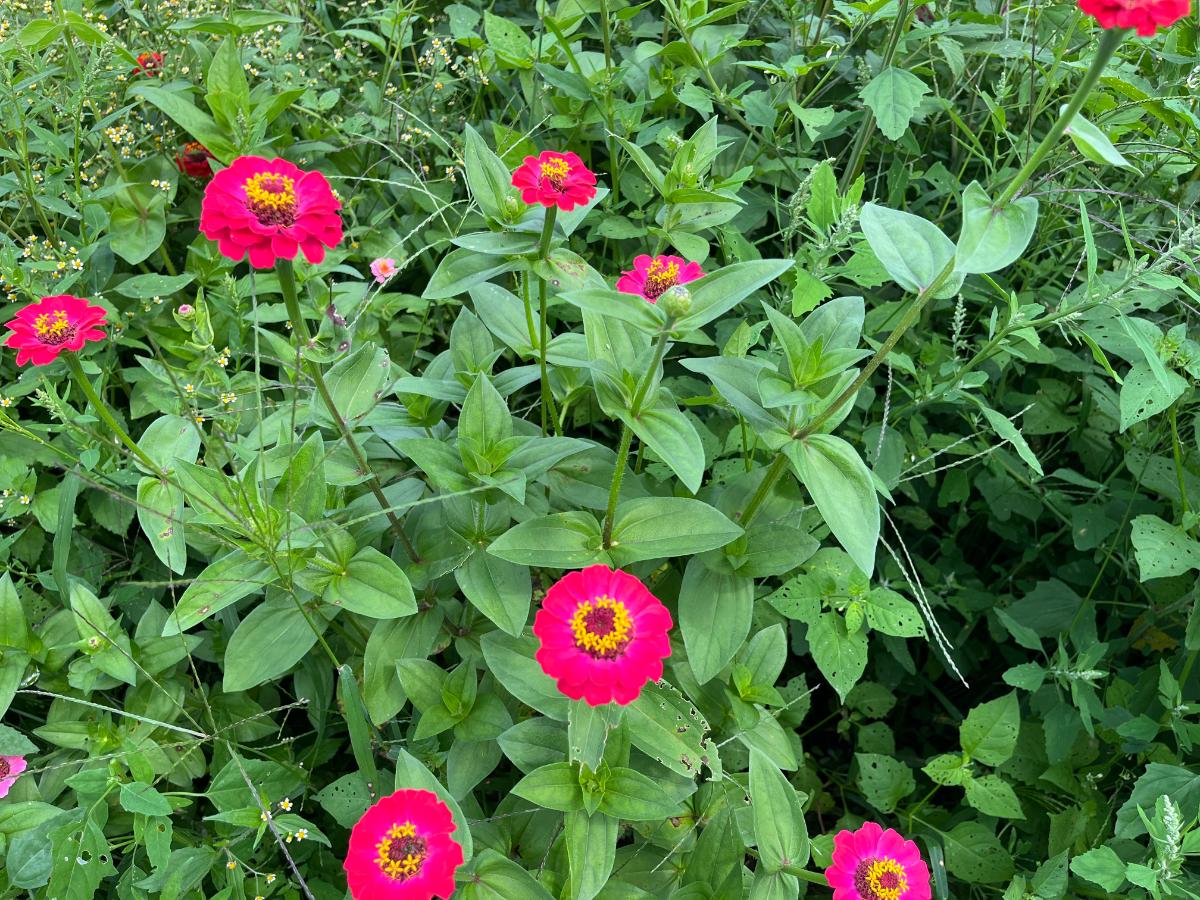
Now that you know which zinnias to cut, where should you cut them?
The good news is that you can’t do much harm to zinnia plants as long as you leave enough leaves and stems to keep feeding them plant and keep them growing.
Though there is a “Cut and Come Again” zinnia variety, the reality is that all zinnias come back. Zinnias will continue to bud and flower all the way through summer and fall until a frost kills them (they are frost-sensitive, though).
Cutting flowers from zinnias will encourage them to grow even more bright, beautiful blooms. It will also cause them to bush out and become quite large and full.
Here are a few key tips to keep in mind when cutting zinnia flowers:
- Leave at least two sets of leaves at the bottom of the plant, and your plants will keep growing
- Cut a long enough stem to suit your vase
- If it will be a little while before you make your arrangements or if it will take you a bit to cut all the flowers you want, cut the stems longer by an extra inch or two so you can make a fresh cut in the stem later
- You may have to cut off some buds in order to get enough stem for your flower. Don’t worry about that; your plant will make more!
- The more you cut, the more they bush, and the more zinnias you will have!
Tips for Prepping Zinnia Stems for the Vase
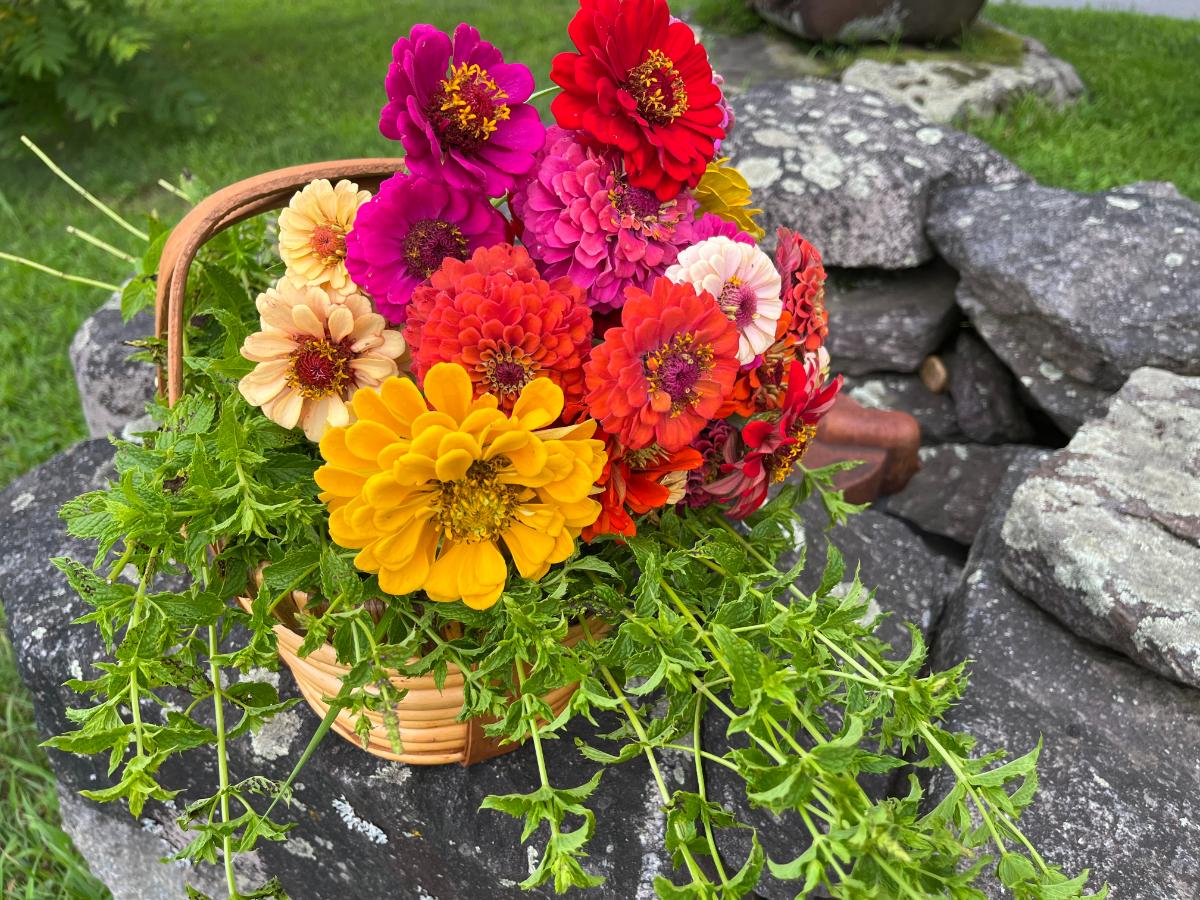
For the best-looking vases, cleanest water, and longest lasting arrangements, prep your zinnia stems after you cut them.
- Cut or break away side stems and unopened buds
- Buds will not open in the vase
- If you like the look of closed bud heads for interest and texture, it’s better to separate them into single stems
- Extra stems and buds will rob the flower of water and reduce its vase life
- Strip all the low leaves from the stem
- Do not leave any leaves below the water level – leaves rot, dirty up the water, and cause premature degrading of flowers and stems
- If you like, you can leave a couple of leaves at the top near the flower
Now, just give the bottom of the stems a fresh cut and get them immediately into water.
A flower preserver can help the flowers last longer. Zinnias do last quite well on their own with little fuss.
Looking for tips to help your flowers last longer in the vase? Check out this article: How to Keep Cut Flowers Fresh Longer

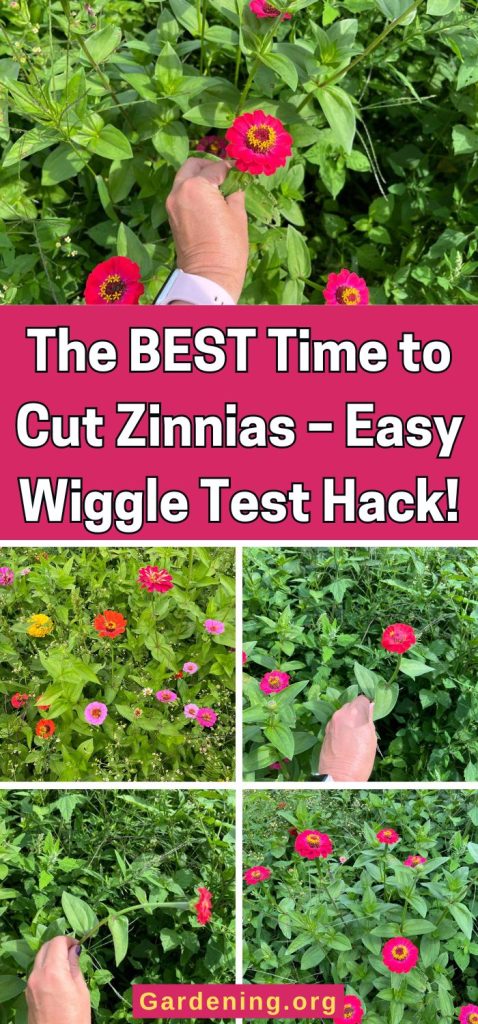
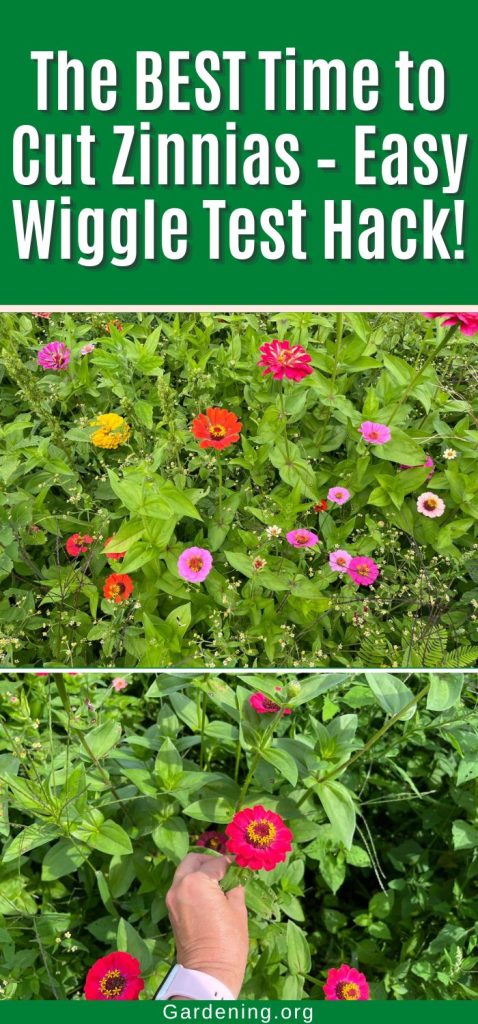
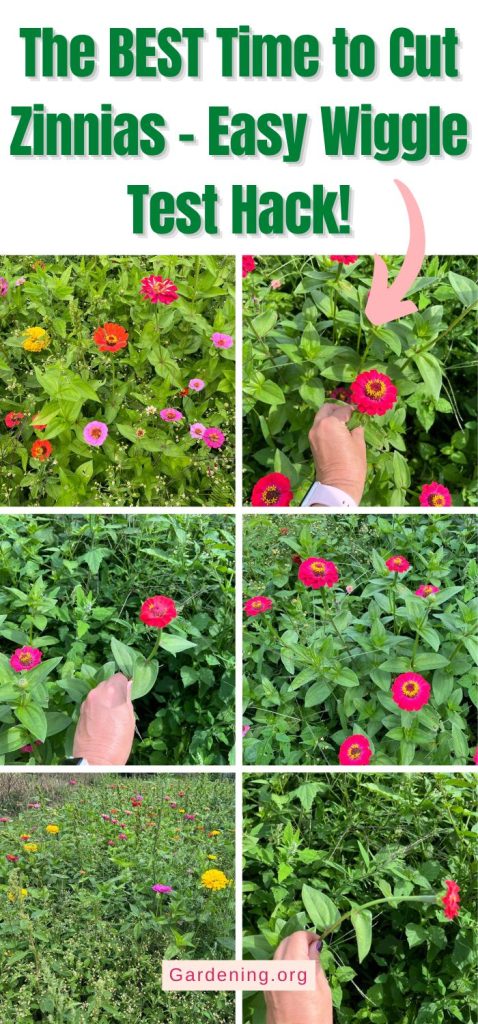
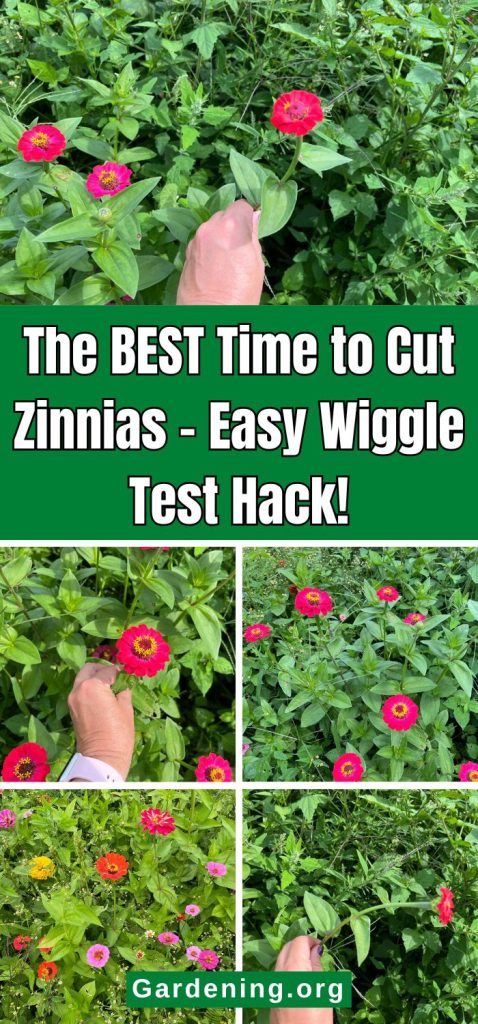




Leave a Reply